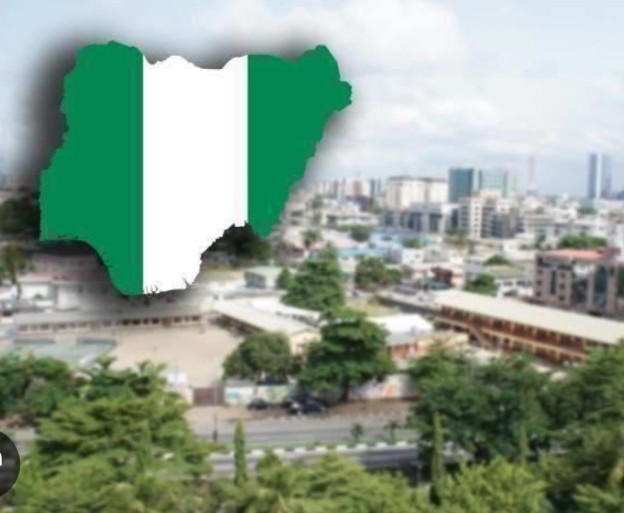Foreign investment in manufacturing dips as binding constraints persist

…Down 32% to $129.9m in Q1’25
•It’s manifestation of economic reforms shock — CPPE
By Yinka Kolawole
The binding constraints bedeviling Nigeria’s manufacturing sector seem to have dampened foreign investors’ interest as foreign direct investment (FDI) in the sector declined by 32.3 percent to $129.92 million in the first quarter of 2025 (Q1’25), compared to $191.92 million recorded in the corresponding period of 2024 (Q1’24).
The Q1’25 manufacturing FDI figure represents a mere 2.3 percent of the total capital importation in the period under review.
Total capital importation in Q1’25 amounted to $5.64 billion indicating a significant 67.12% increase compared to $3.38 billion in Q1’24; and an increase of 10.86 percent compared to $5.09 billion in Q4’24.
Analysis of the NBS data reveals a year-on-year (YoY) declining trend in manufacturing FDI over the past three years.
For instance, the country’s manufacturing sector attracted $129.92 million foreign investment in Q1’25, a decrease of 32.3 percent compared to $191.92 million recorded in Q1’24; while the Q1’24 figure is 25.1 percent less than the $256.12 million recorded in Q1’23.
On a quarter-on-quarter (QoQ) basis, the sector’s FDI figure in Q1’25 is even worse compared with the immediate previous quarter (Q4’24) which stood at $421.04 million, indicating a dip of 69 percent.
Analysts attribute the poor performance of the real sector to persistent structural challenges, including inadequate power supply, high energy costs, foreign exchange (FX) shortages and policy uncertainty, amongst others.
Further analysis of the NBS data indicates foreign investors’ increasing appetite for quick-return financial instruments over long-term manufacturing commitments.
The investment pattern is an apparent reflection of the disconnect with Nigeria’s industrialisation ambitions.
The NBS Q1’25 capital importation report stated that Portfolio Investment ranked top with $5.20 billion, accounting for 92.25 percent, followed by Other Investment with $311.17 million, accounting for 5.52 percent. Foreign Direct Investment recorded the least with $126.29 million or 2.24 percent.
On sectoral basis, the banking sector recorded the highest inflow with $3.13 billion, representing 55.44 percent of total capital imported, followed by the financing sector, valued at $2.10 billion (37.18 percent), and Production/Manufacturing sector with $129.92 million (2.30 percent).
Commenting on the development, Chief Executive Officer of Centre for the Promotion of Private Enterprise (CPPE), Dr Muda Yusuf, said: “Generally what happened to the manufacturing sector in the last one to three years are essentially manifestations of the shocks of the economic reforms.
“The sector is one of the sectors that were severely impacted negatively by the current reforms. It has a huge exposure to foreign exchange, because of its highly import dependent nature. So the reforms in the foreign exchange (forex) market, the convergence and the depreciation in the currency significantly affected the sector.
“The second major shock that the manufacturing sector suffered is the high increase in energy cost. Again, the reform with petrol subsidy removal affected the sector from the point of view of their logistics. Even though most of them rely on diesel which has been deregulated. But again the reform affected the prices of even diesel and the rest of them. So that also resulted in severe impact on the bottom line, and on returns on investment in manufacturing.
“Then for those of them that are multinational companies, it was even worse. It’s only now that many of them are beginning to recover.”
The post Foreign investment in manufacturing dips as binding constraints persist appeared first on Vanguard News.







